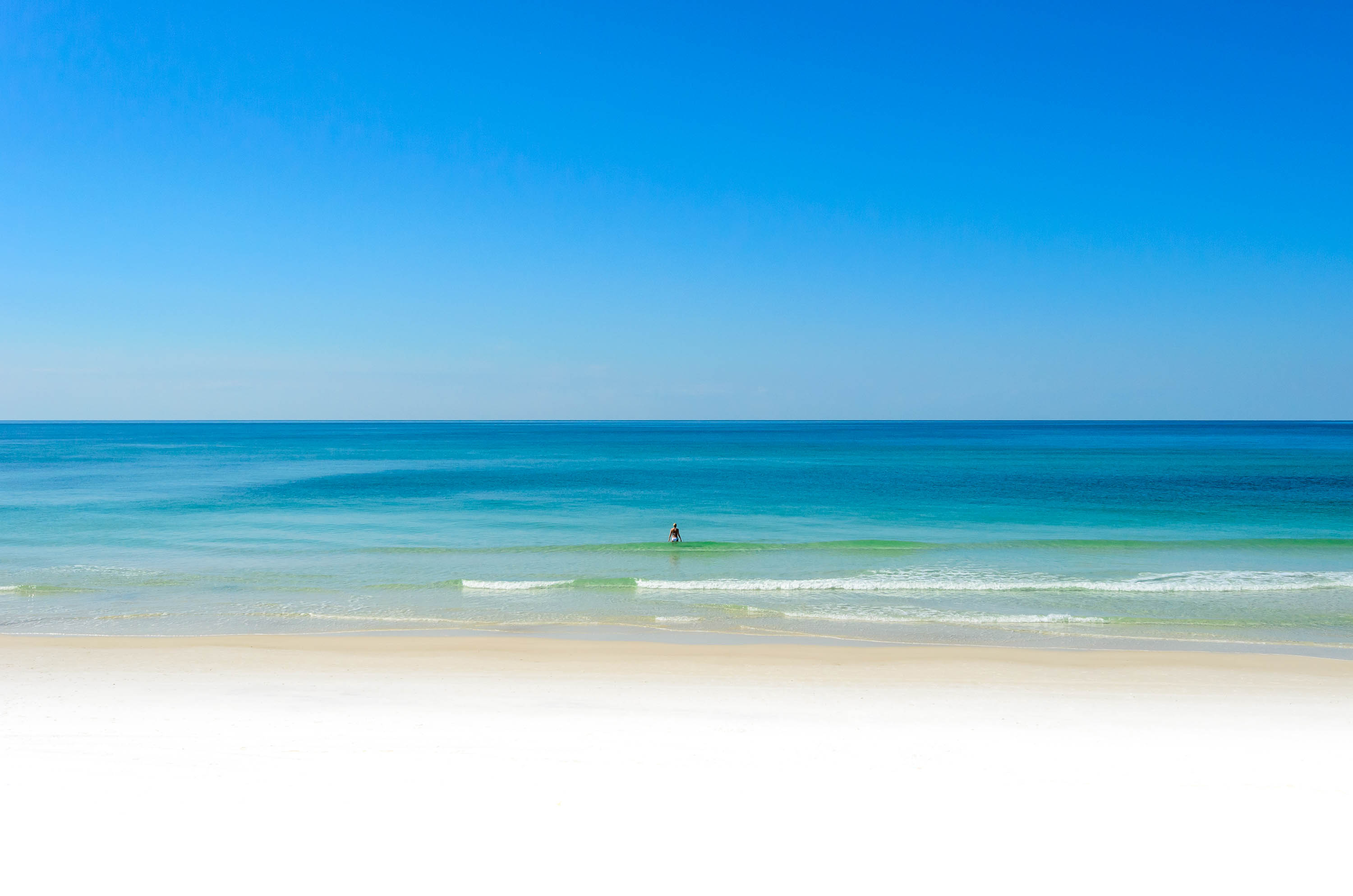My beliefs on beach nourishment is well documented and my reasons were that the sand quality would not be the same and for the environment and I did not think it works. The plan played out by beachfront owners had everything to do with securing private beaches. I never imagined they would ever succeed. And stopping beach nourishment WAS indeed the first step in their plan to deny the use of our beaches. There I said it again and I will say it again if you wish. Happy to connect the dots all they way to the beginning.
Here you go Auburn Fan or whoever you are. My reasons were not of course to keep the beaches private, I did not think beach nourishment works. I am not a scientist though that's for sure. Would you like for me to supply all the email addresses from the email trail I copied it to? Oh, they are in the public record as most of these communications were with County Officials. Easy to connect the dots.
Seaside Times Article Winter 2014/15
By Dave Rauschkolb
You know the old adage that “you can’t sell sand on the beach” appears to be coming true right here on Walton County beaches through a proposed “beach nourishment project” The hefty price of $170,197,000 will be spread over the coming decades once every 10 years. Half the price tag of the project will be paid by the state and federal government and half will be paid by the county with bed tax revenue and loans.
This tidy package is brought to you by the hard and persistent work of several well meaning people and agencies. It’s a seemingly insurmountable task of gigantically bureaucratic proportions yet it seems it is going to happen. The questions I have are: Do we do it just because we can? And, will it REALLY make a difference in protecting our beaches and property?
I’ve spent nearly 30 years in Walton County and have not evacuated for all 30 years of hurricanes except one, hurricane “Opal”. Call me crazy but I like to surf those storms. In the thick of it I always stay in a very large concrete building not my house; I’m not that crazy.
Many times I have observed storm surges, during the lowest, middle and highest tidal surges of the storm. The power of a hurricane storm surge is incredible, terrifying really. It’s hard to imagine the entire Gulf 12 feet higher than it normally is. The average tidal surge I have observed is 6 to 12 feet. Basically, a 12 foot storm surge rises up to the height of half of the existing bluff behind Seaside. Every wave, once it reaches the bluff claws at the sandy bluff like a steam shovel.
Every storm this is what I measured: A full 12 foot storm surge takes about 8 to 10 feet of the old, hard packed bluff every 3 to 4 hours. The new sand that had been pushed up as a “cosmetic fix” after past storms washed away at this rate: 8 to 10 feet of newly planted sand was gone in first 45 minutes of the tidal surge. I was astounded at how the new sand just vaporized in a very short time.
The “Storm damage and restoration project” is planning on raising the height of the beach by pumping a 50 foot berm of sand at the bottom of the existing bluff/dunes and tapering the higher beach to a new further out waterline. New dunes will be created and a higher, larger beach will result.
After all this money is spent ONE storm with a 12 foot tidal surge of 3 to 5 hours could wash away the entire beach nourishment project. The new sand simply goes very quickly because it is not as hard packed as the old sand. To make matters worse the tidal surge rises above any new berms, dunes further accelerating the rate of erosion of the new sand. Basically the newly pumped sand will be all underwater and there is a powerful rip current that washes west to Destin and later east to Panama City after the wind shift. Unfortunately the offshore sand is a darker color than our pristine white beach sand.
The other issue is this: In most of Walton county we are blessed with a high bluff. If the bluff is 20 feet high from sea level and they add 10 feet or more of sand that will raise the beach level at the base of the bluff to a point where a 12 tidal surge will over top the edge of the bluff. If the new sand washes away quickly as I illustrated earlier it won’t be a problem but it could create a higher sand ramp for the waves that would be higher then previously without “beach nourishment”.
So, it is estimated one beach nourishment project will be necessary every 10 years. It is clear we have had years where multiple storms have impacted our beaches in only one year. Do we just keep adding more and more “nourishments”? Where will that money come from?
Here are two questions I pulled from the project website.
What will the beach look like after it is nourished?
The beach will be about 50-100 feet wider and a dune will be constructed at the landward portion of the beach. For the first month or so, the sand will look a shade darker than the native sand because it has been underwater. Once it is exposed to the sun, rain and wind, the new sand will lighten and match the color of the native sugar-white sand.
Why are we nourishing the beach when it will just wash away?
The purpose of the project is storm protection. We realize that storms will have an impact of the restored beach; however, the project will serve as the first line of defense against storm surge and waves that would lead to more damages.
The first answer is simply not true. Our sand is white quartz collected over eons it; it doesn’t bleach out; it is naturally white and consists of a special formulation of sand. It’s either the right sand or it isn’t. Sadly, Panama City’s sand has been mixed with offshore sand from nourishment projects; it is no longer as pure white sand as ours is.
The second answer just doesn’t hold water, or better stated, sand. The answer isn’t very convincing is it? The power of a hurricane storm surge is incredible and I don’t believe there is any amount of money or dredged sand on our beaches that will stop it.
Of the three restaurants I have in Seaside Bud & Alley’s is most at risk from a storm surge. I have about 20 feet of old sand bluff left behind the Gazebo and porch. I stand to lose a lot from future potential storms. Believe me, If I thought for one second that there was anything that really would protect us from a hurricane storm surge I would support it. The only thing that could be done is to build a wall from Pensacola to Panama City and then there would be no beach just like Galveston Texas. Not an option.
I would love to be comforted that beach nourishment is a solution but I just don’t believe it’s going to make much if any of a difference. The likely emphatically stated answer is “well, we have to do something Dave, don’t’ we?” Well, Do we?
I ask again, are we doing this just because we can? Will it really protect our beaches and property or are we just buying sand at the beach?
Last edited:














